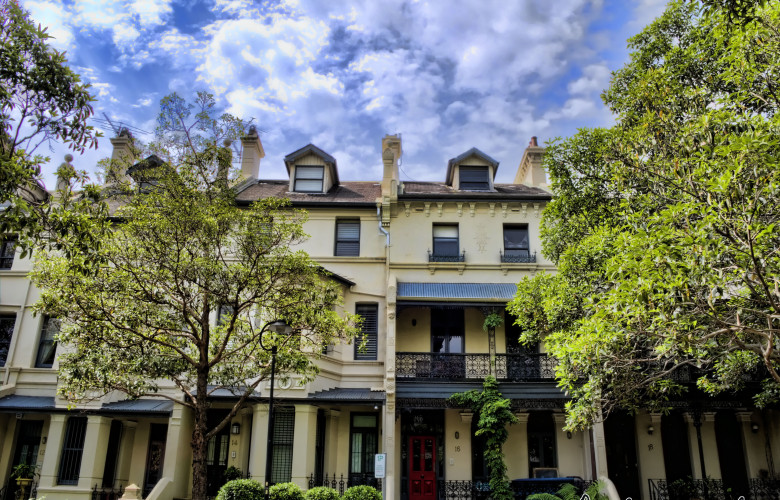NSW government planning for more terraces
Contact
NSW government planning for more terraces
The NSW Government is making approvals quicker and easier for medium-density housing, in the hope that more terraces, townhouses and dual-occupancies will be built, offering home buyers greater choice and as a measure to improve housing affordability.
Sydney terrace houses, such as those in Paddington, Glebe and Chippendale, were build in the 19th century to house workers. Neglect and changing social mores up until the the 1960s, saw many terrace suburbs become 'slums'. But terrace houses were rediscovered in the 1970s, bought by the upwardly mobile, renovated, and are now some of the most highly sought after properties in the country.
Because the houses were built before urban sprawl set in, most Sydney terraces are in what we now think of as inner-city suburbs. They also have design features that are appealing to modern buyers, notably high ceilings, a garden, and terrace suburbs are considered to be community friendly.
The NSW Government has released a draft Medium Density Design Guide to encourage developers to build more terrace-style houses, as well as townhouses and dual occupancies.
Most homes currently being built in NSW are freestanding houses and apartments, but a survey by the Department of Planning shows that one third of respondents would consider downsizing to terraces.
Planning Minister Rob Stokes said the draft policy is intended to encourage more construction of these medium-density styles of housing to meet growing demand.
“Sydney needs more choice in housing types than we are currently building and this policy will help to deliver better quality medium-density homes,” said Stokes.
Stokes said building more medium-density housing is also an important step towards improving housing affordability.
“This type of housing has the added benefit of generally being more affordable too because it requires less land area,” he said.
The draft Medium Density Housing Code is intended to create streamlined assessment of development proposals across NSW.
The code will allow townhouses, terraces, dual occupancies and manor homes to be assessed as a complying development if they meet specific design standards, saving time and money for homeowners and developers.
A complying development will obtain faster approval than traditional development applications, taking about 22 days to approve, compared with the usual 71 days.
The proposal is for a two-storey height limit, so that the buildings will be low rise and will fit easily into established streetscapes.
Medium density housing accounts for only 10 per cent of housing approvals in Sydney, with just 5,390 approved in 2015-16. The NSW Government believes there is the potential for almost 280,000 medium density homes in Sydney.
With Sydney's population set to skyrocket in the coming decades, the government is forecasting the city will need need another 726,000 homes in the next 20 years.
See also:
Rows of terraces in Sydney's middle-ring suburbs could be the next wave of development





